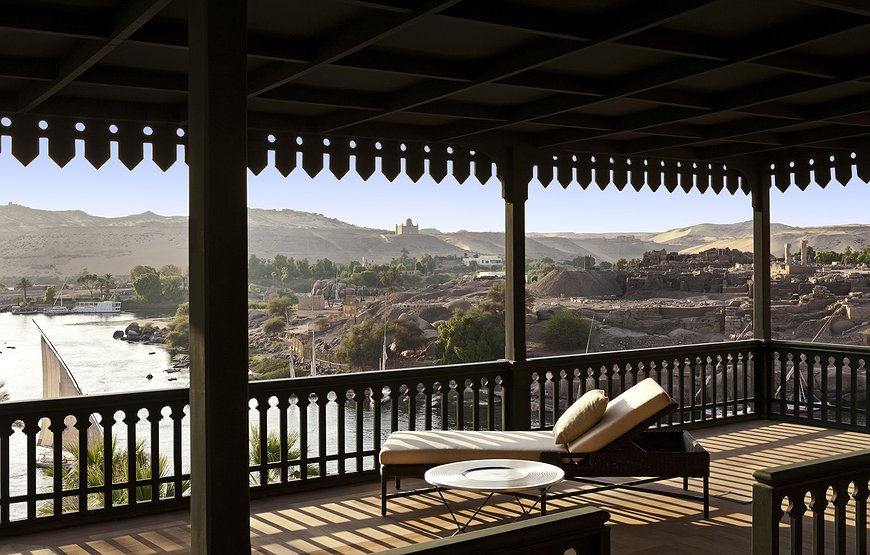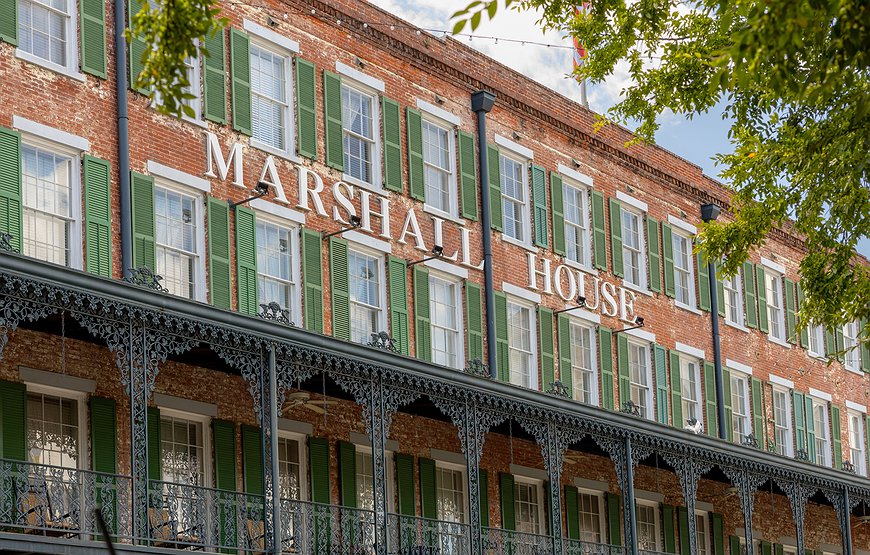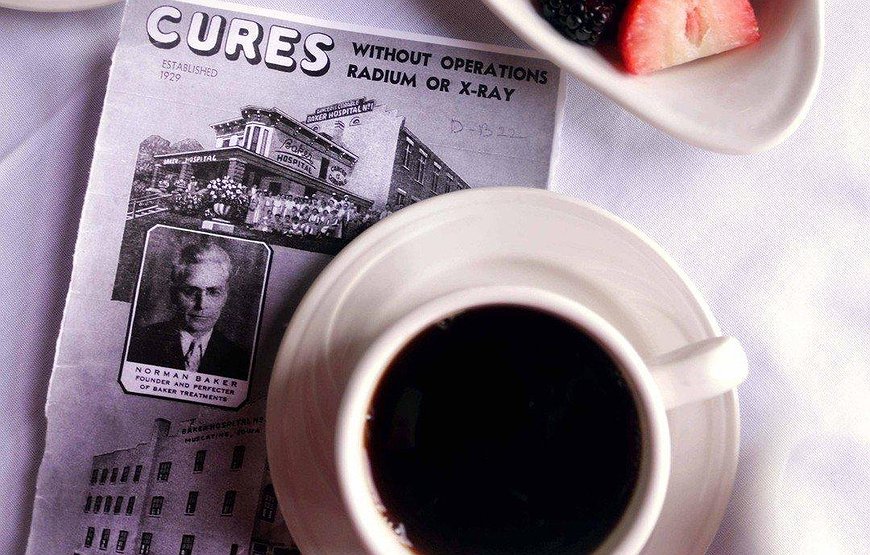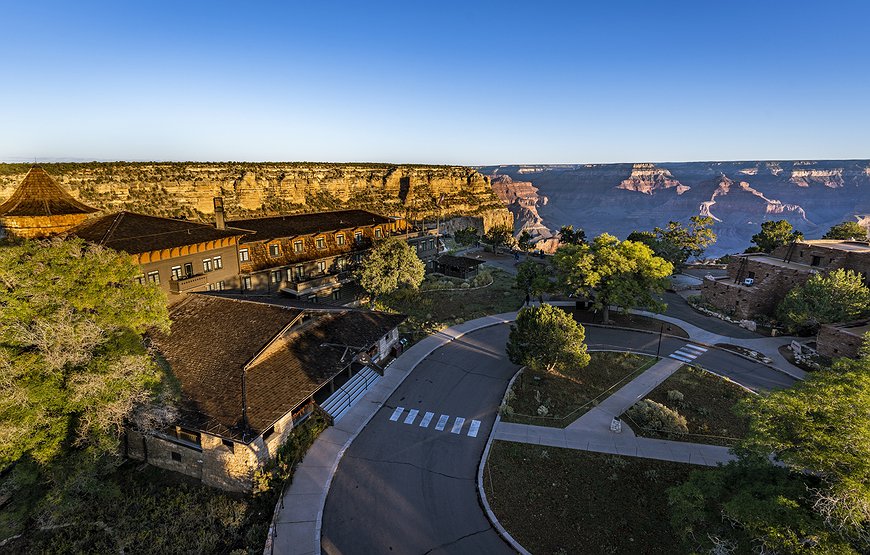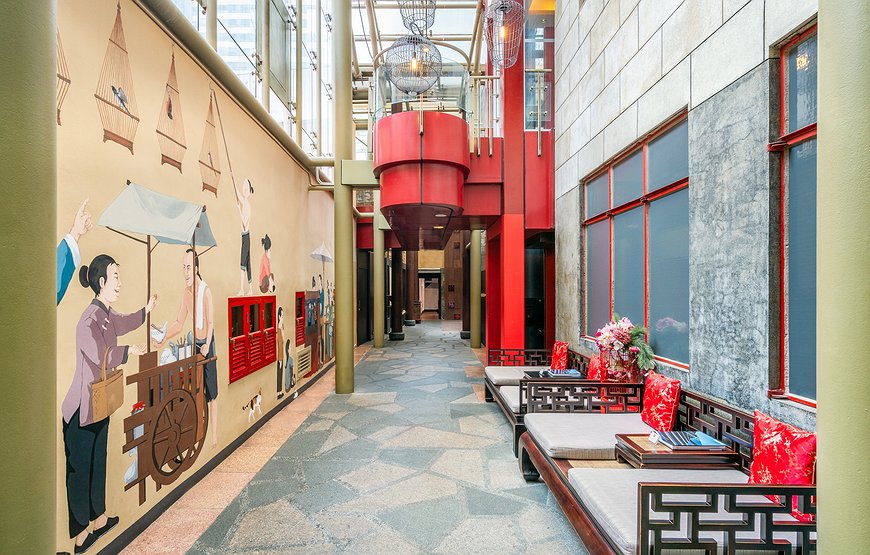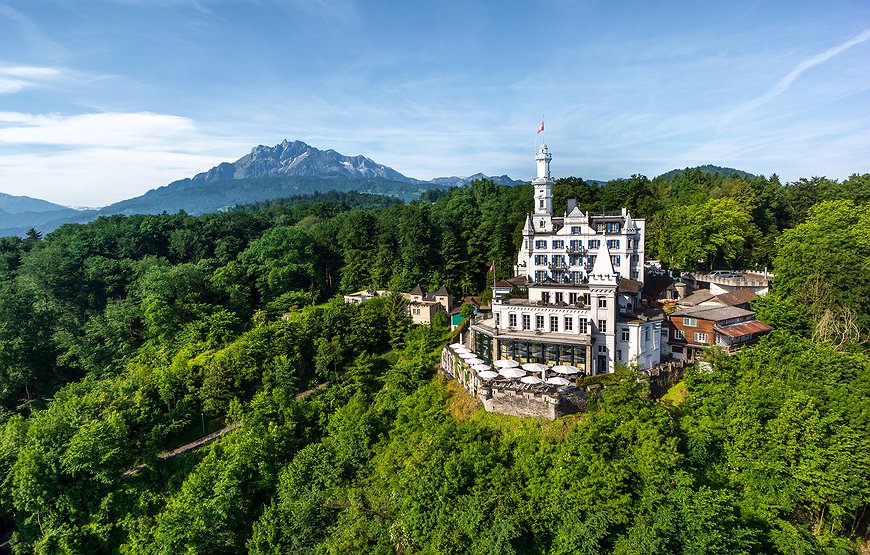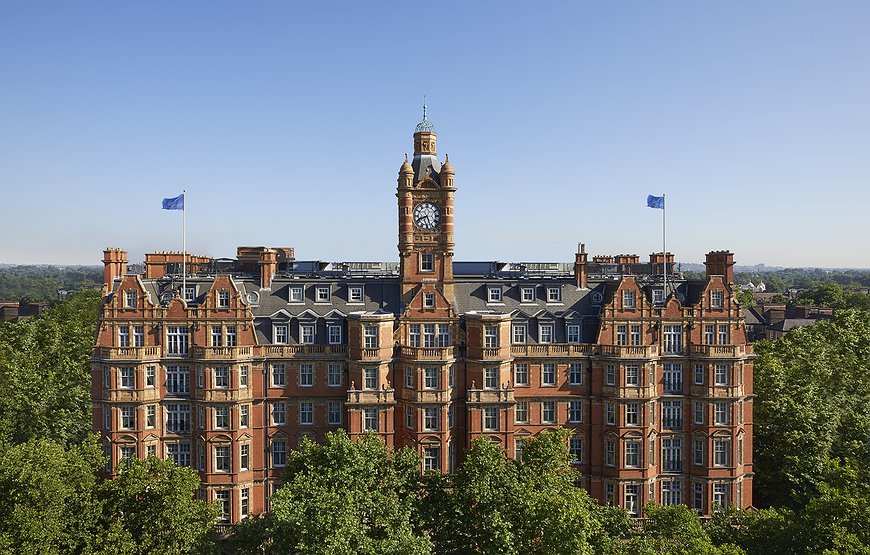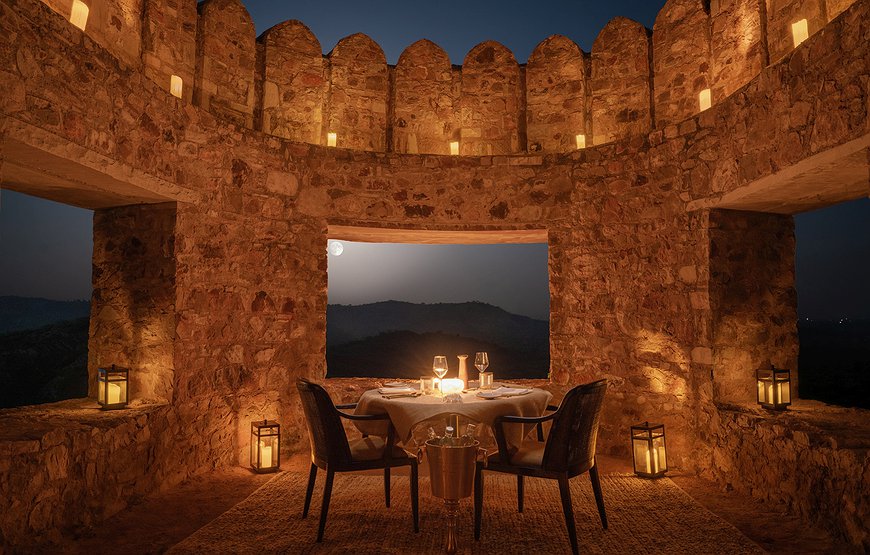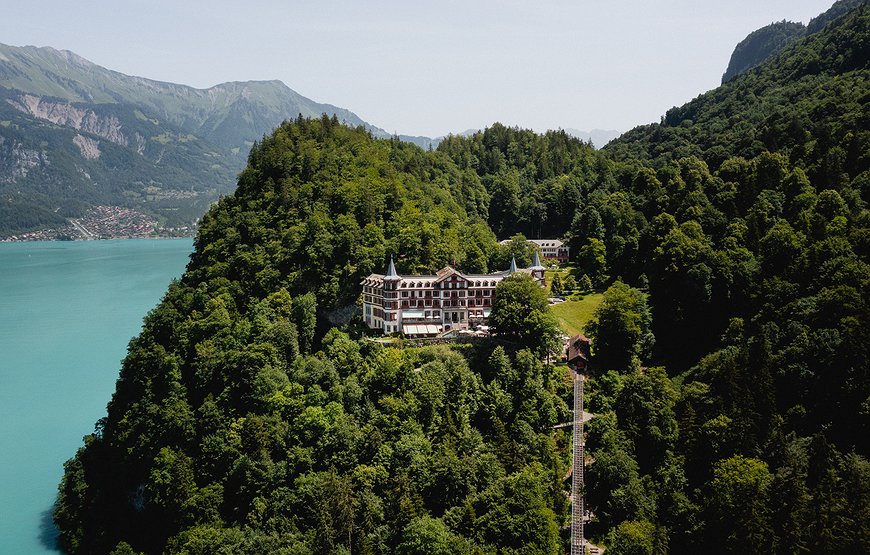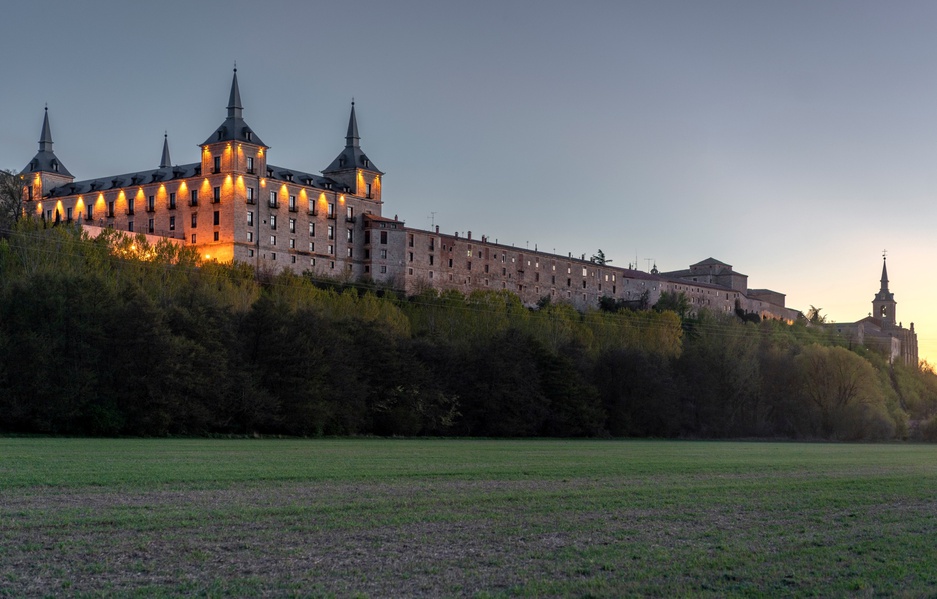
Rising from the highest point of Lerma, the Parador de Lerma commands attention from miles away. This isn't just another historic hotel - it's a 17th-century ducal palace where royalty once played, Napoleon Bonaparte laid his head, and Lope de Vega premiered his theatrical works. Today, you can experience this slice of Spanish aristocratic life firsthand, complete with 200 wrought-iron balconies, four corner towers topped with slate roofs, and stone walls that have witnessed centuries of intrigue.
The palace dominates one entire side of Spain's Plaza Mayor, one of the country's largest public squares at nearly 7,000 square meters. But unlike many historic properties that feel frozen in time, this parador manages to blend centuries-old grandeur with genuine comfort - no small feat when your building predates the United States by more than a century.
A Palace Born of Power and Politics
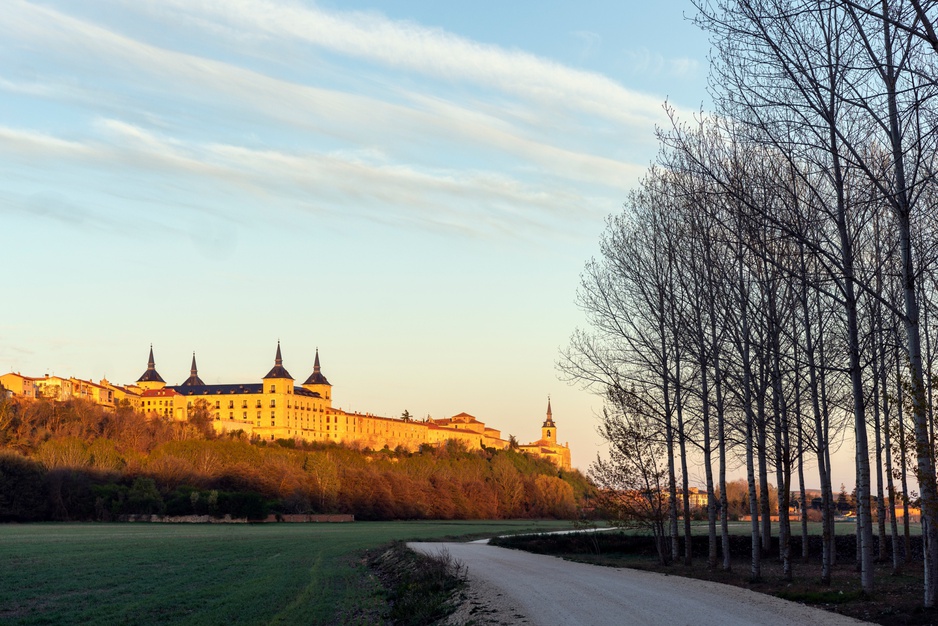
Francisco Gómez de Sandoval y Rojas, the first Duke of Lerma, didn't think small when he commissioned this palace in 1601. Built according to plans by architect Francisco de Mora between 1601 and 1617, it replaced a 15th-century castle and was designed as a luxurious retreat for King Felipe III. The duke's influence at court was so considerable that he received special permission to crown his palace with four towers - a privilege typically reserved for royalty.
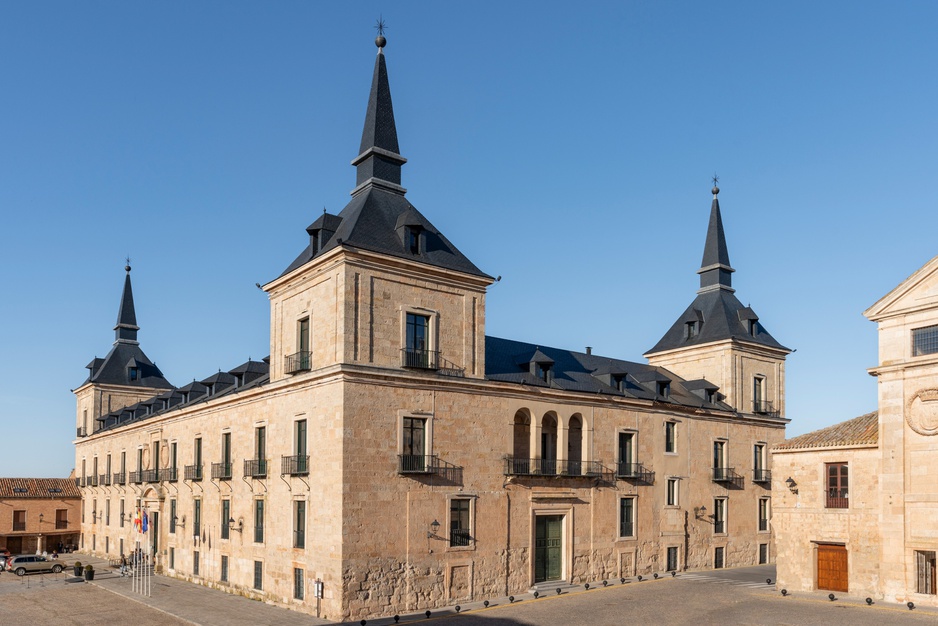
The palace quickly became the envy of the Spanish court, hosting everything from royal weddings to royal births. Napoleon Bonaparte himself chose to spend a night here during his Spanish campaigns, adding another layer to its already rich historical tapestry. The building's original documents have been preserved, offering a rare glimpse into 17th-century construction and courtly life.
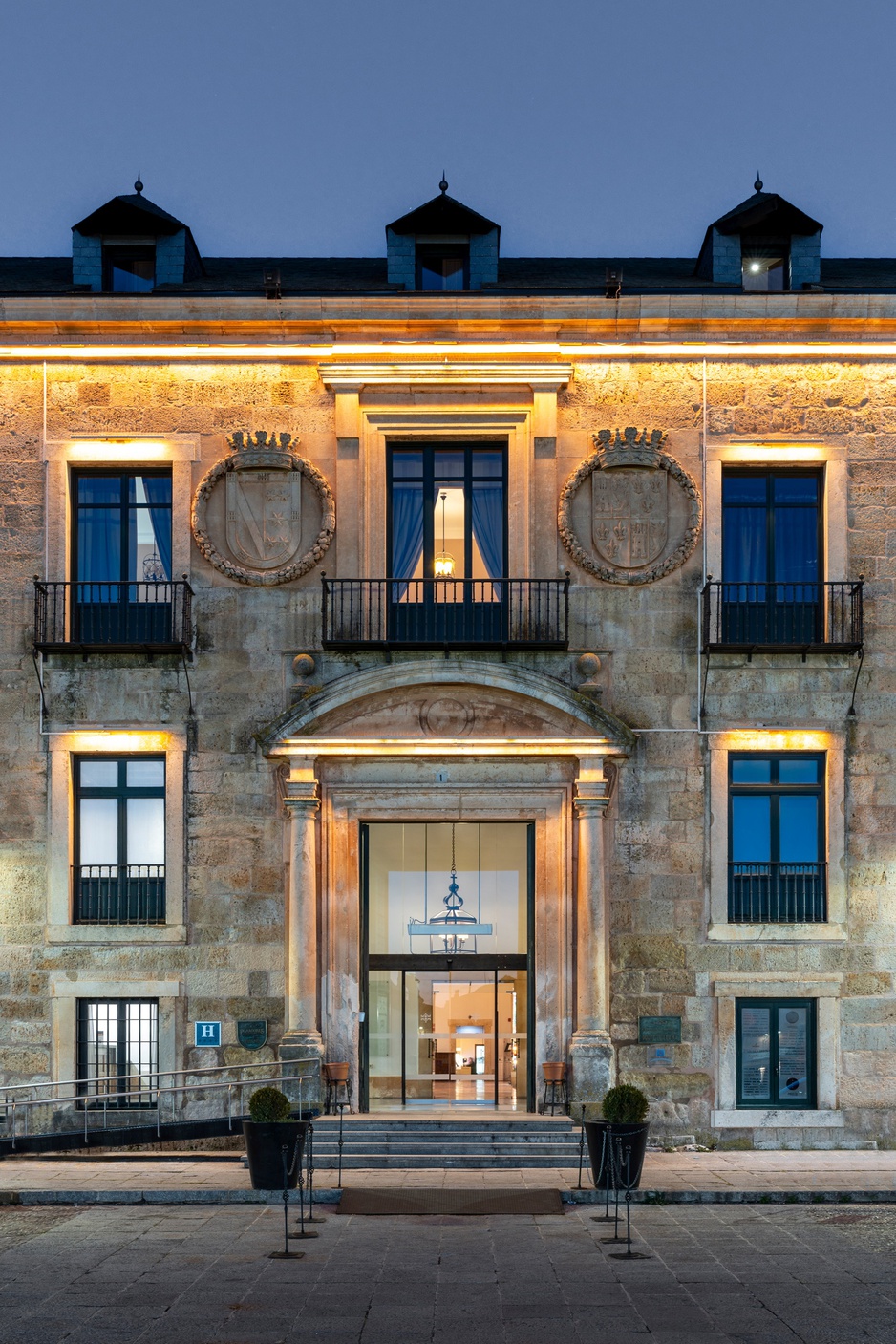
The palace dominates one entire side of Spain's Plaza Mayor, one of the country's largest public squares at nearly 7,000 square meters. But unlike many historic properties that feel frozen in time, this parador manages to blend centuries-old grandeur with genuine comfort - no small feat when your building predates the United States by more than a century.
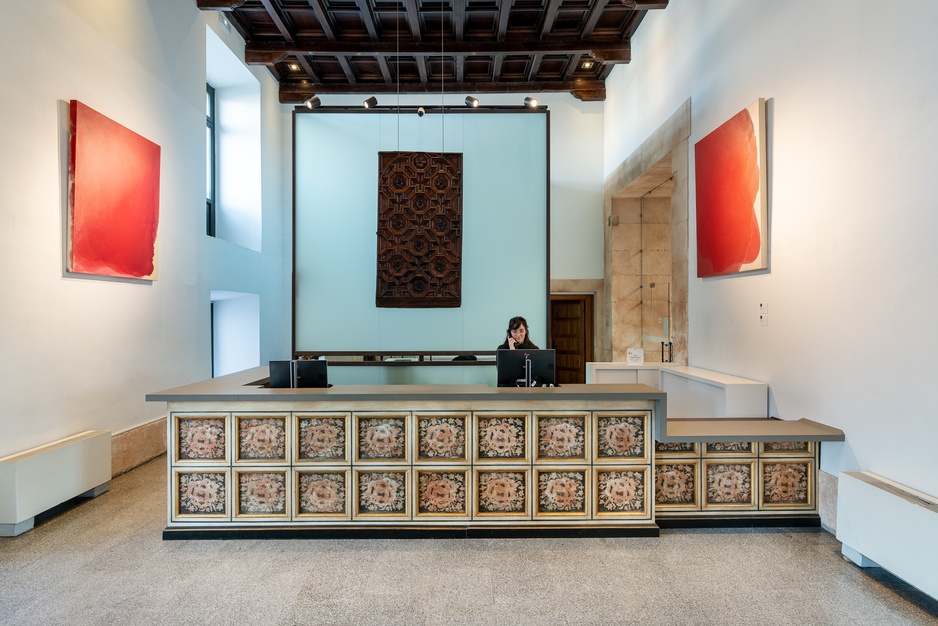
Habsburg Grandeur Meets Modern Comfort
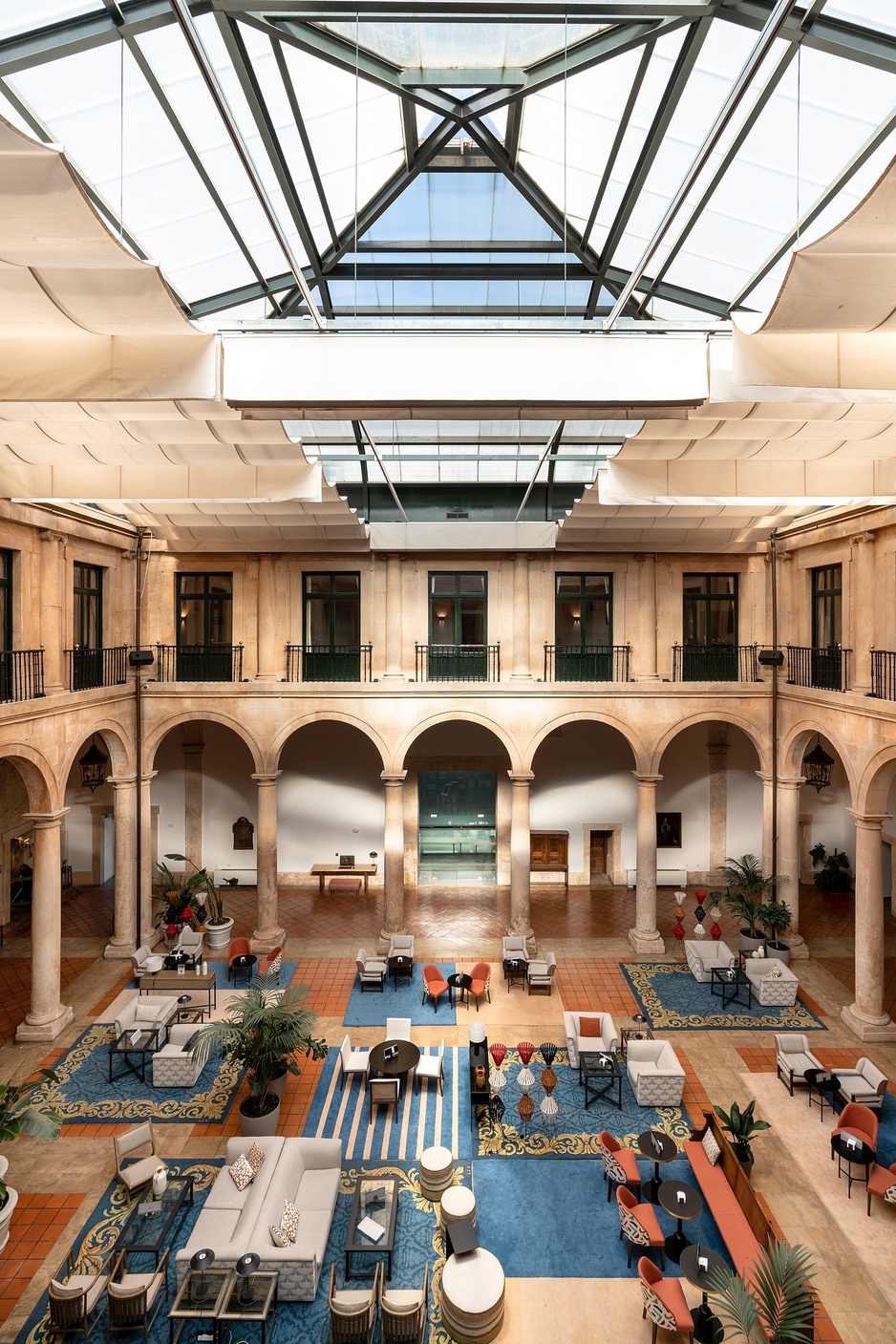
Patio de Bolaños
The palace's crown jewel is undoubtedly the Patio de Bolaños, a central courtyard surrounded by two levels of columned galleries. The ground level features 20 Tuscan columns supporting semicircular arches, while the upper level showcases 20 Ionic columns beneath a running frieze punctuated by iron balconies.
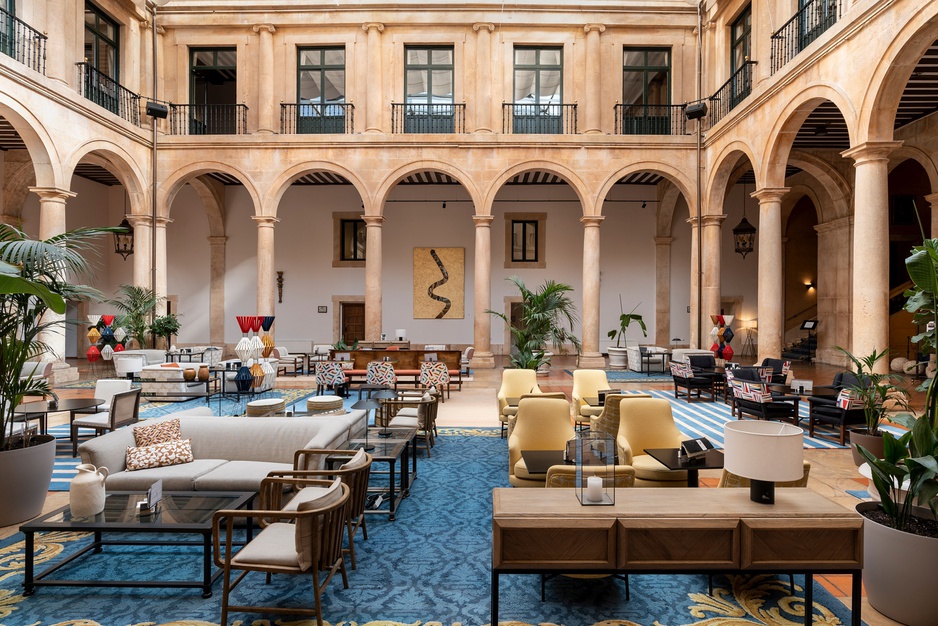
These columns were carved from single pieces of granite, quarried from the duke's own lands - a testament to both his wealth and attention to detail.
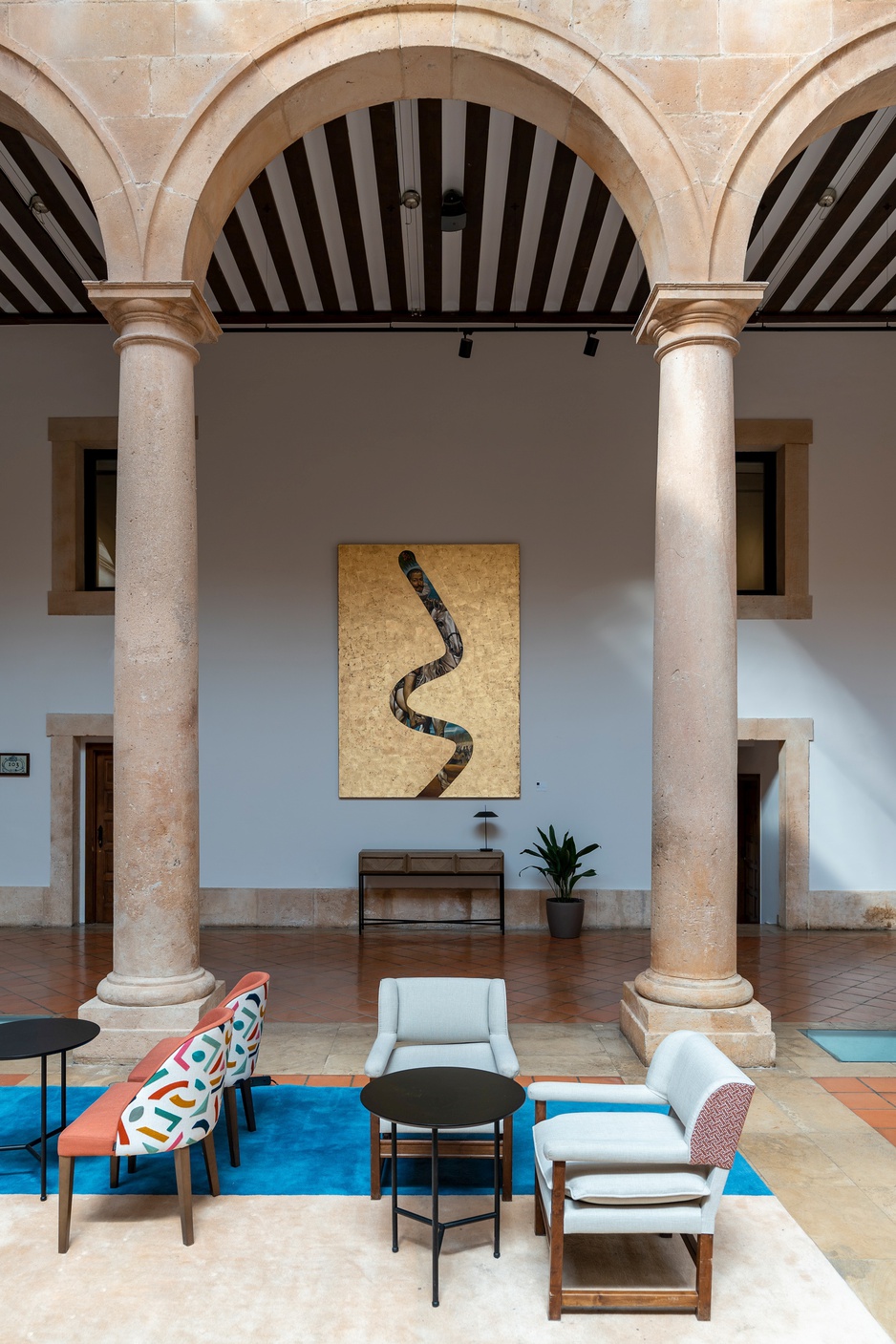
The palace's interior serves as a living museum of Spanish aristocratic taste. Rich tapestries hang from stone walls, their intricate weaving telling stories of courtly life, while original paintings grace the corridors - a carefully curated collection that provides an authentic glimpse into the artistic sensibilities of Spain's Golden Age. Antique furniture populates the common areas, each piece chosen to complement the building's Habsburg-era character.
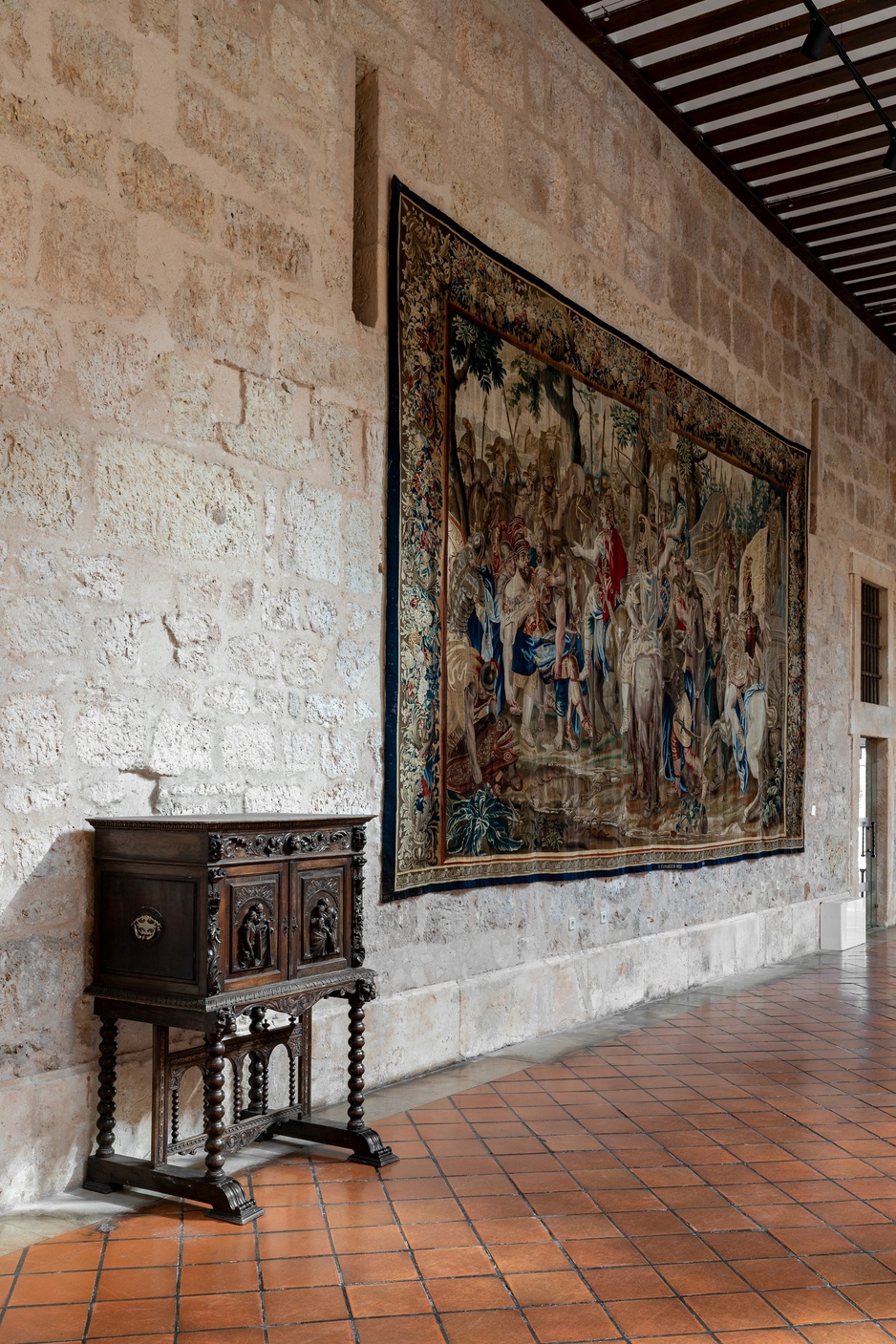
The restoration work has been meticulous, treating the palace's artistic heritage with the reverence it deserves. These aren't reproductions or hotel-chain substitutes, but genuine artifacts that have survived centuries of political upheaval and social change. Under the courtyard's glass canopy, you can sip coffee surrounded not just by centuries-old architecture, but by the actual paintings and tapestries that once adorned the walls when Lope de Vega premiered his works in this very space.
Restaurant Mayorazgo: Ducal Dining
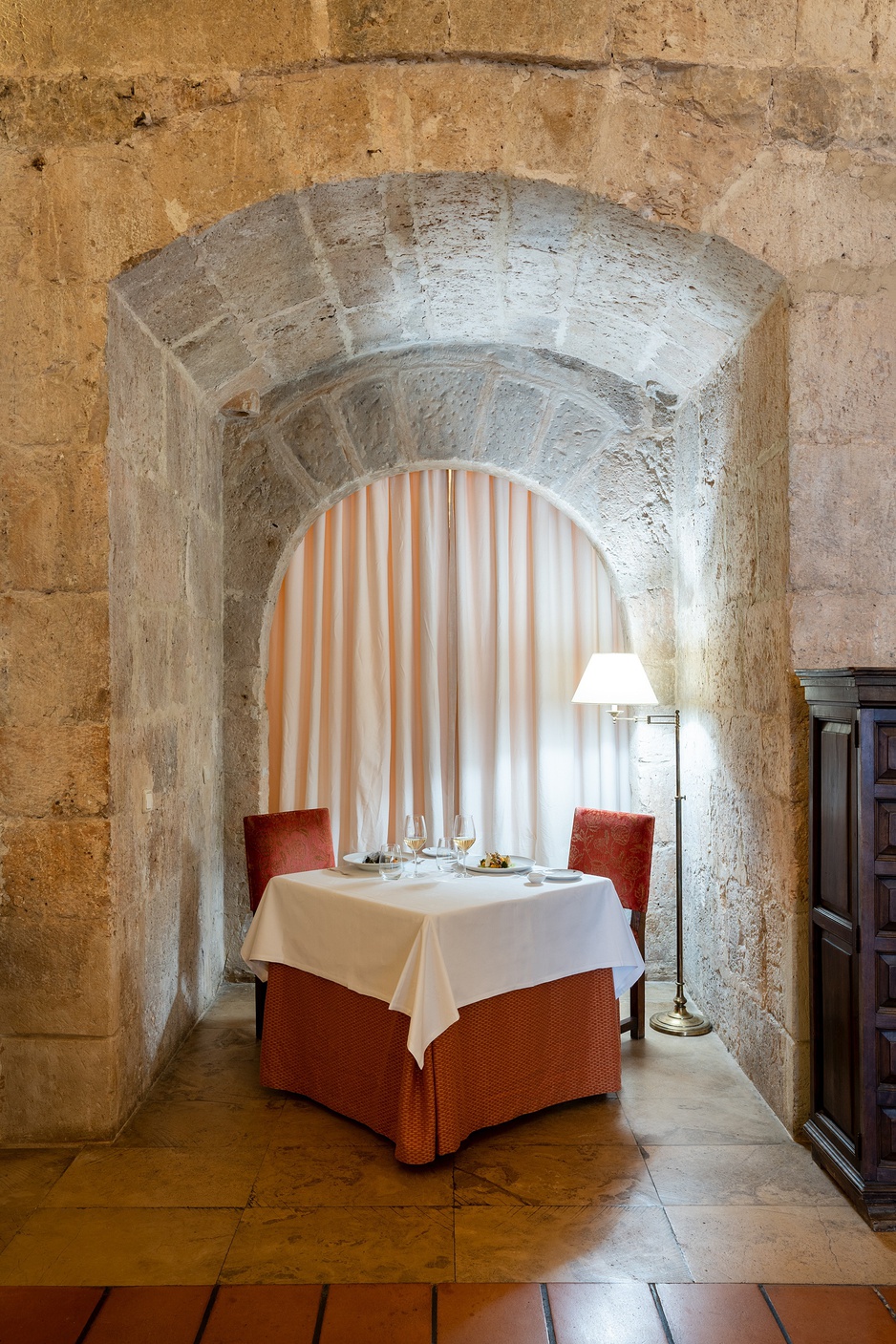
Restaurante Mayorazgo
The palace's formal dining room, Restaurant Mayorazgo, occupies a vaulted chamber adjacent to the Patio de Bolaños. Here, the focus is squarely on traditional Castilian cuisine, with an emphasis on the region's most celebrated ingredients: lechazo asado (roast suckling lamb) and Burgos blood sausage.
The menu reads like a love letter to local traditions. Migas del pastor (shepherd's breadcrumbs) and sopa de ajo castellana (Castilian garlic soup) represent the hearty peasant fare that sustained generations, while the restaurant's famous roast lamb arrives accompanied by Torta de Aranda and wines from the Arlanza and Ribera del Duero regions. The kitchen takes particular pride in its handmade desserts, prepared according to traditional palace recipes.

"Tentempie del Cura Merino Migas de los Pastores"
The restaurant sources ingredients from the surrounding countryside, showcasing Burgos cheese, rice blood sausage, and other regional specialties. The formal atmosphere matches the food's serious approach to tradition - this isn't fusion cuisine or modern reinterpretation, but rather an authentic celebration of Castilian gastronomy.
La Bodeguita: Casual Castle Dining
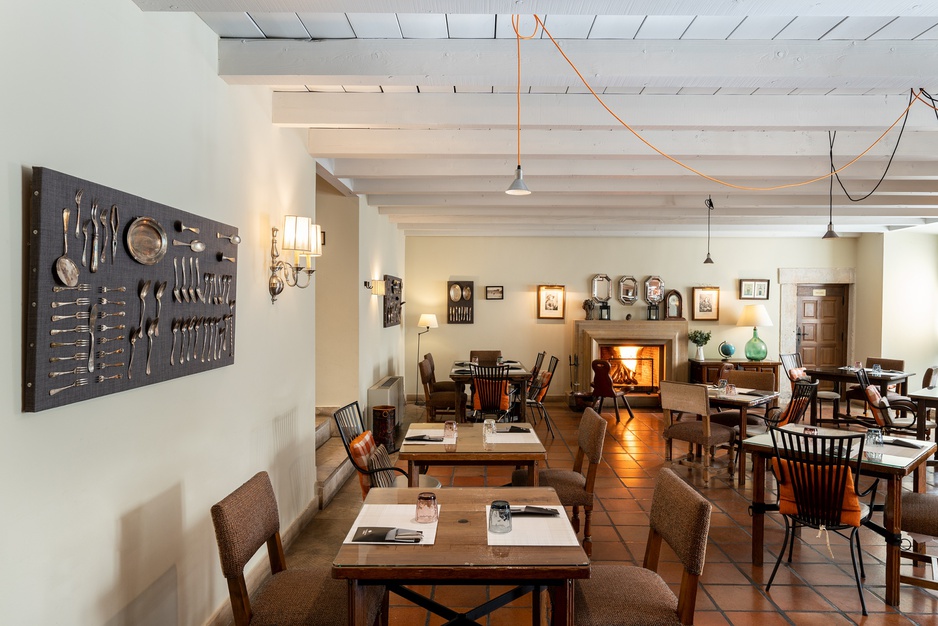
La Bodeguita
For a more relaxed dining experience, La Bodeguita offers a different perspective on regional cuisine. This informal space focuses on shareable plates that highlight the best of Burgos province's food traditions. The Burgos blood sausage appears here in creative forms - including as fritters served with fried eggs - alongside classics like ham croquettes, suckling lamb chops, and orreznos fritos (fried lamb sweetbreads).
The menu also ventures into seafood territory with squid rings and cod with garlic and olive oil, proving that even landlocked Castile has its maritime connections. Local cheeses, cold soups, and hearty sandwiches round out the offerings. During summer months, La Bodeguita extends service to a terrace, allowing you to dine al fresco in the shadow of the palace walls.
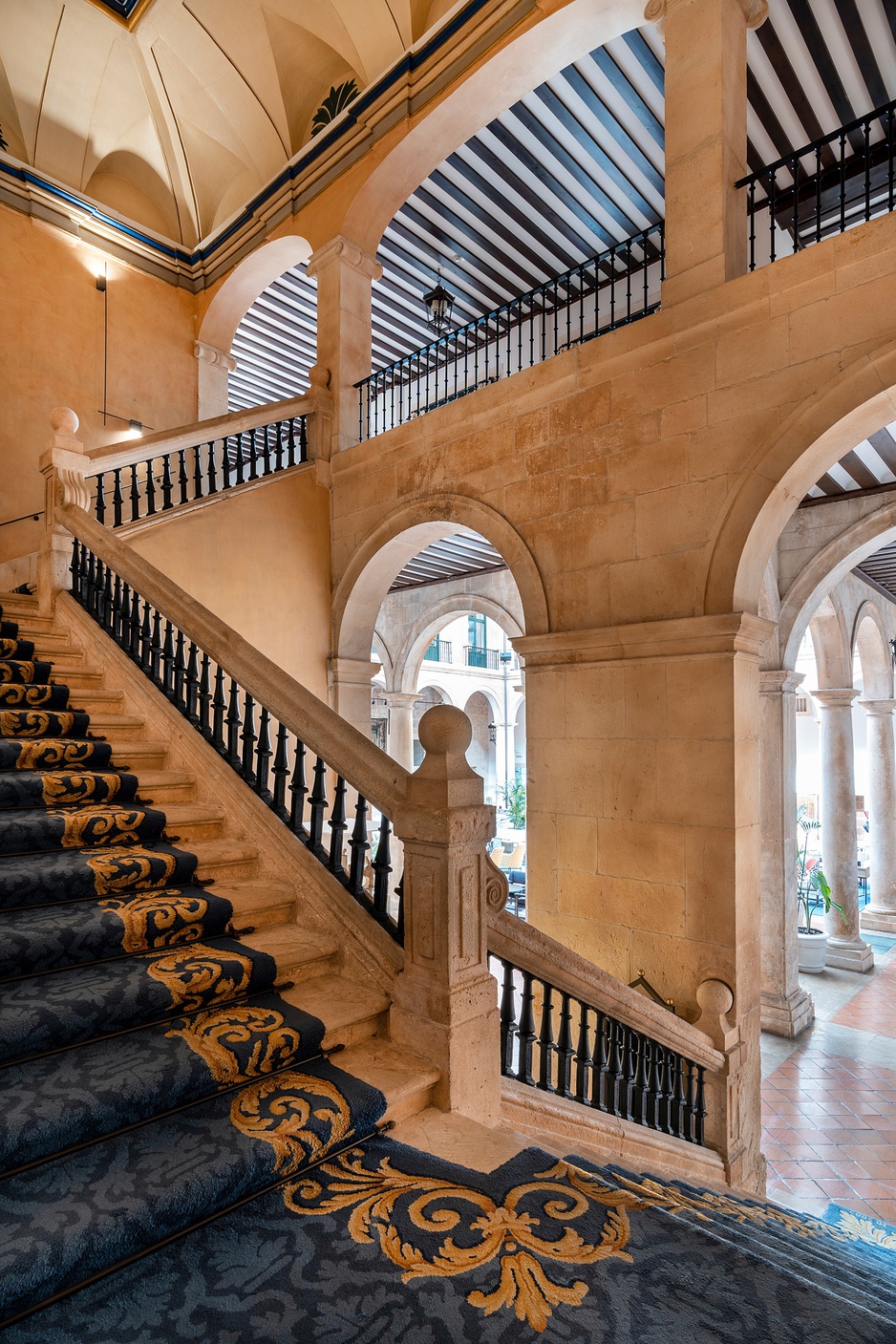
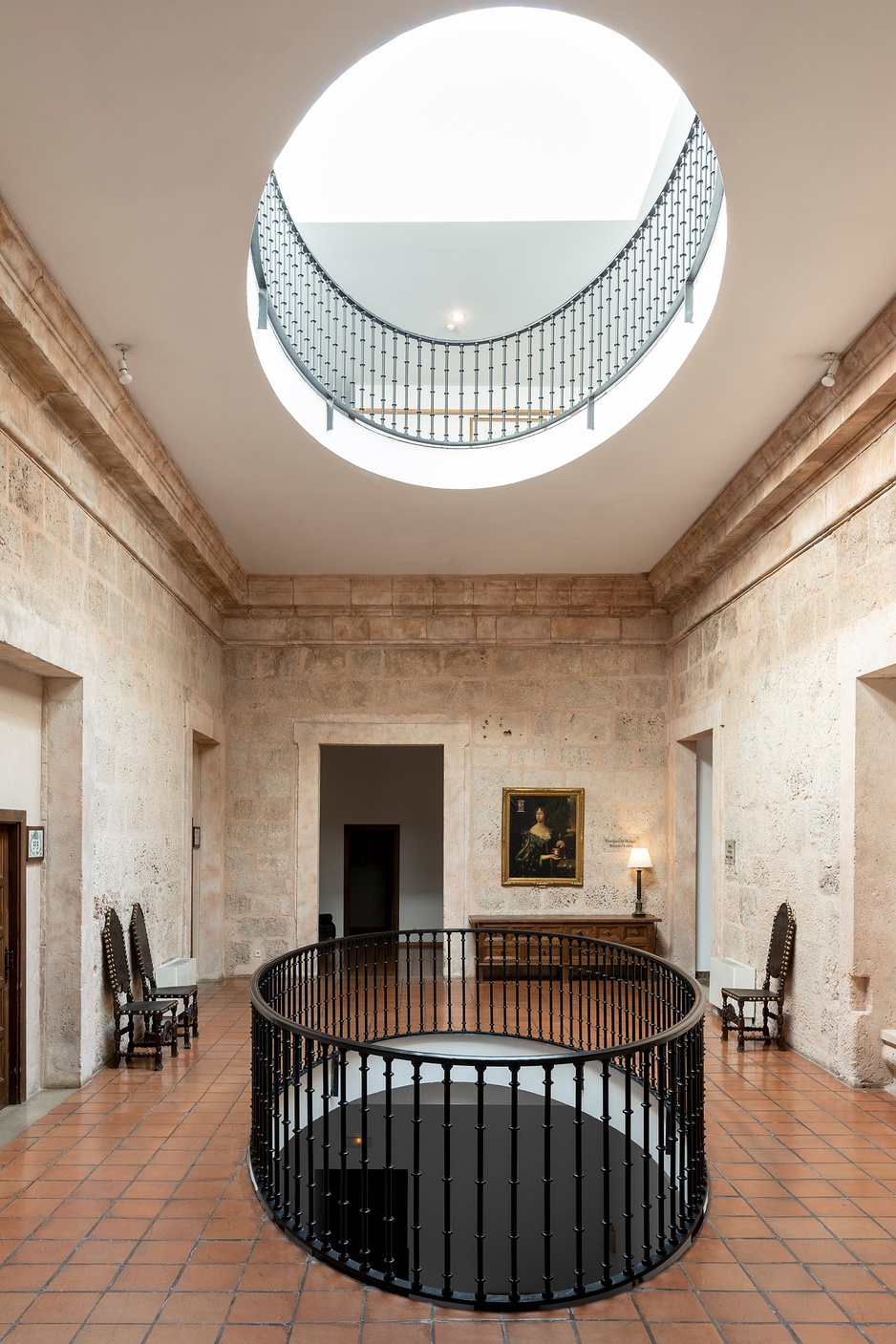
Rooms Fit for Royalty (Or At Least Nobles)
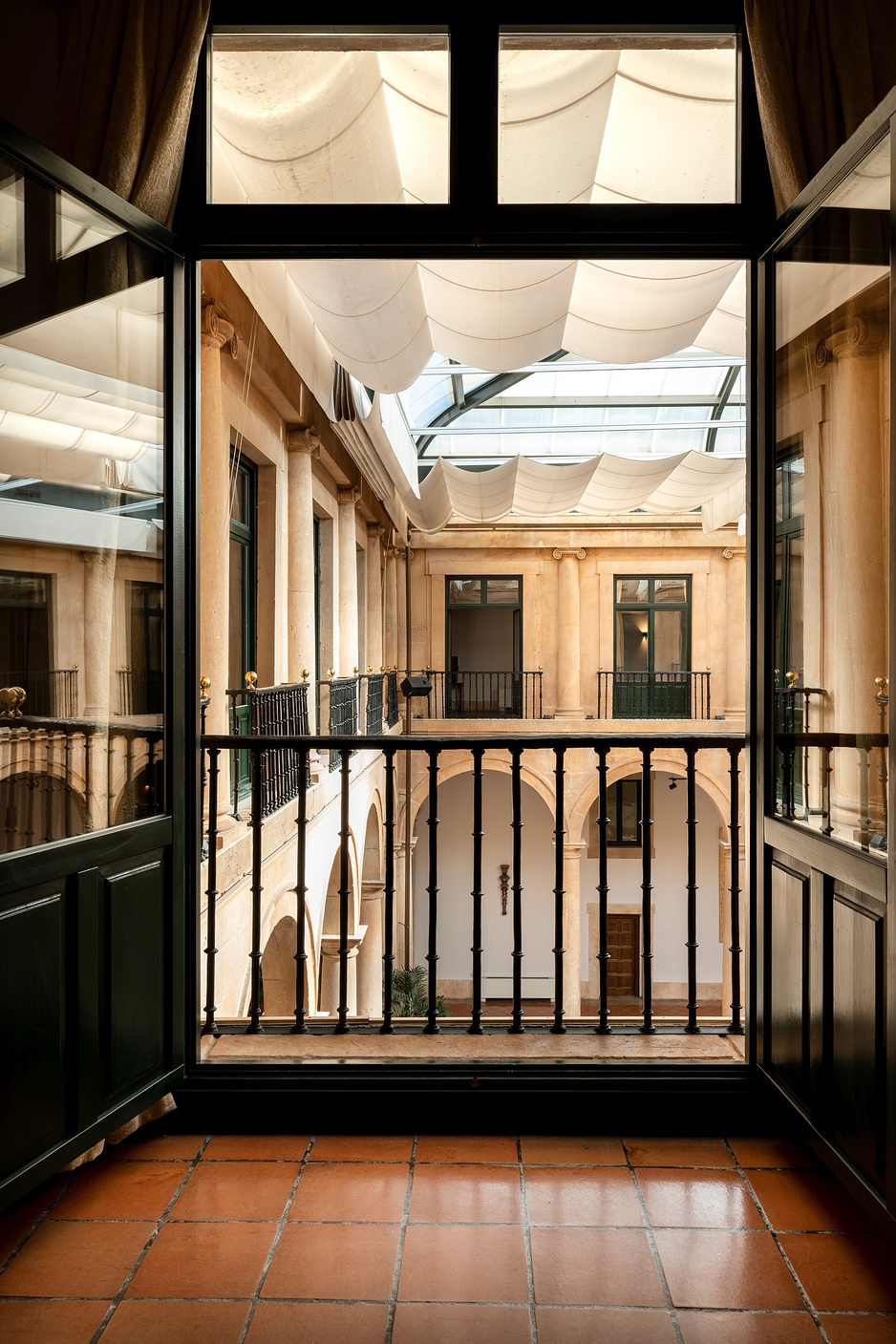
The palace's 70 rooms blend period character with modern comfort, though specific details about their decoration remain closely guarded.
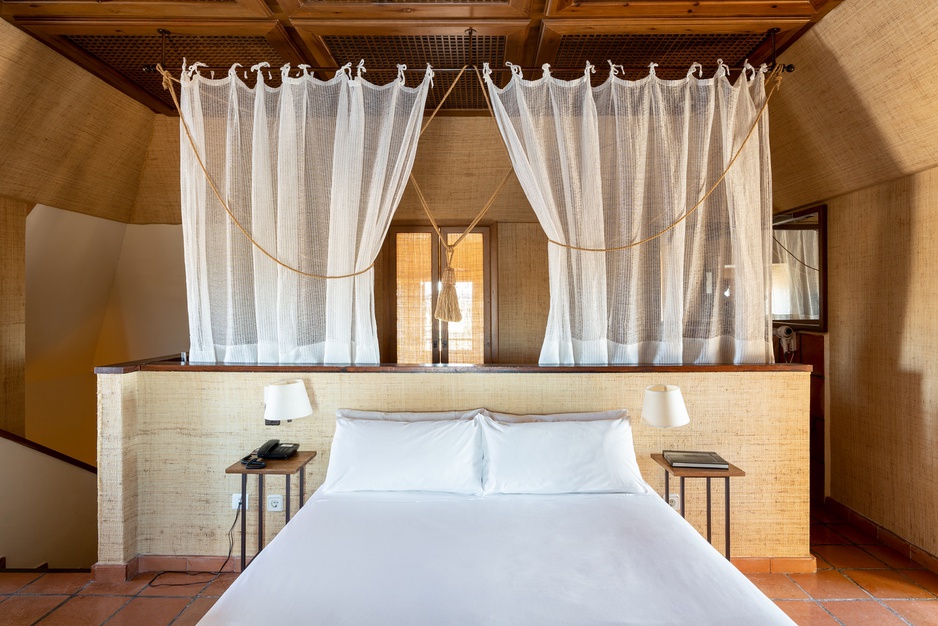
Standard Room
What's certain is that each room benefits from the palace's architectural bones - thick stone walls, high ceilings, and those famous iron balconies that offer views across the Plaza Mayor or the surrounding countryside.
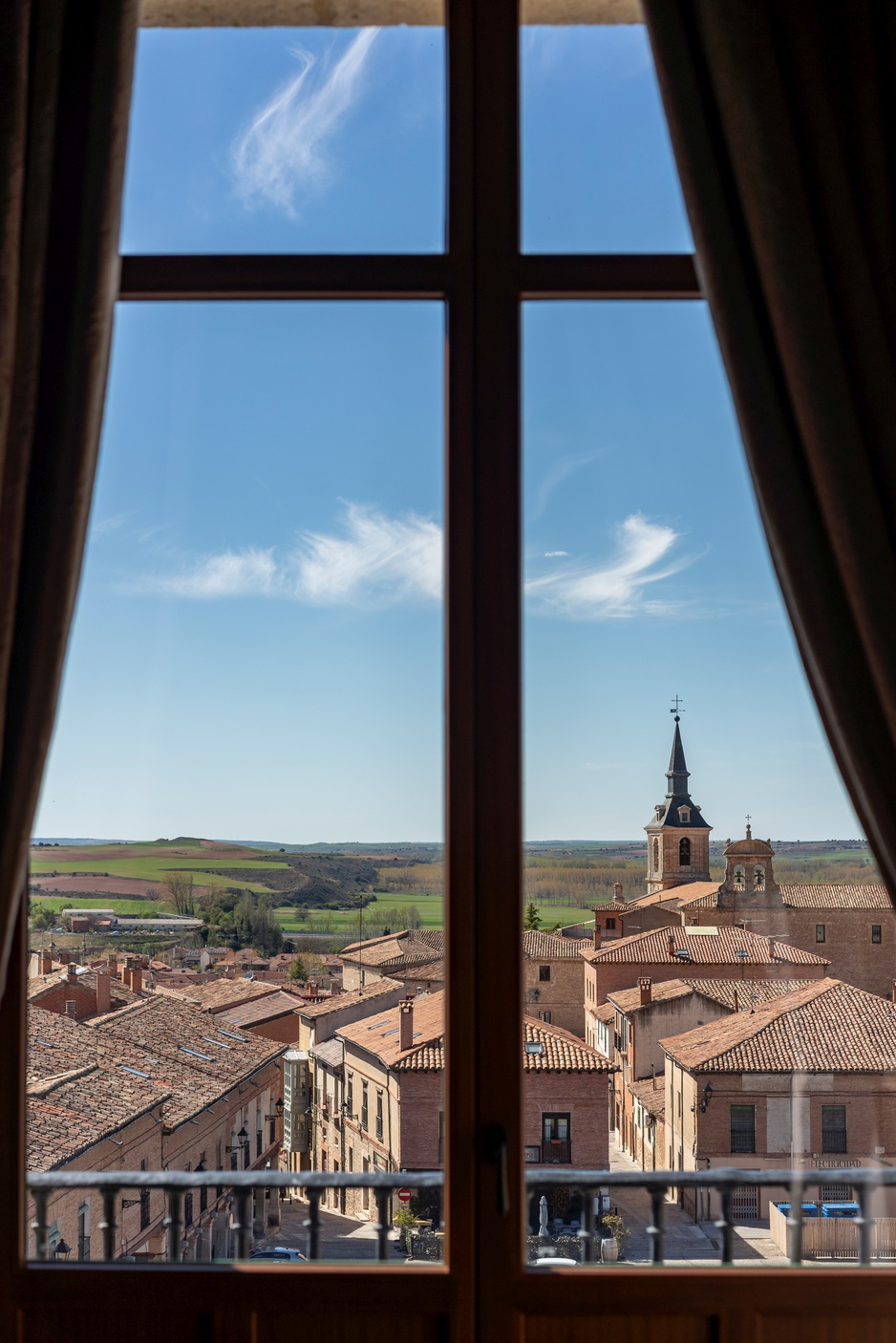
Duplex Room's panoramic view
The room mix includes twin bedrooms, doubles, suites, a duplex, and single rooms, plus accessible accommodations.
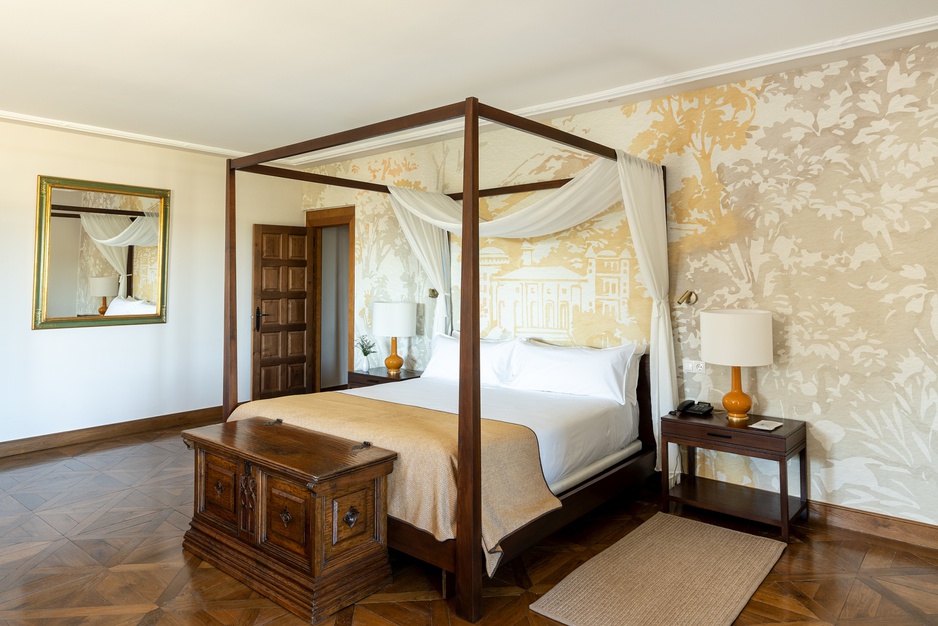
Princess Margarita Suite
Modern amenities like television, in-room safes, and minibars come standard, while the palace's heating and air conditioning systems ensure comfort year-round. The juxtaposition of sleeping in a 400-year-old palace while enjoying contemporary conveniences creates a uniquely Spanish experience.
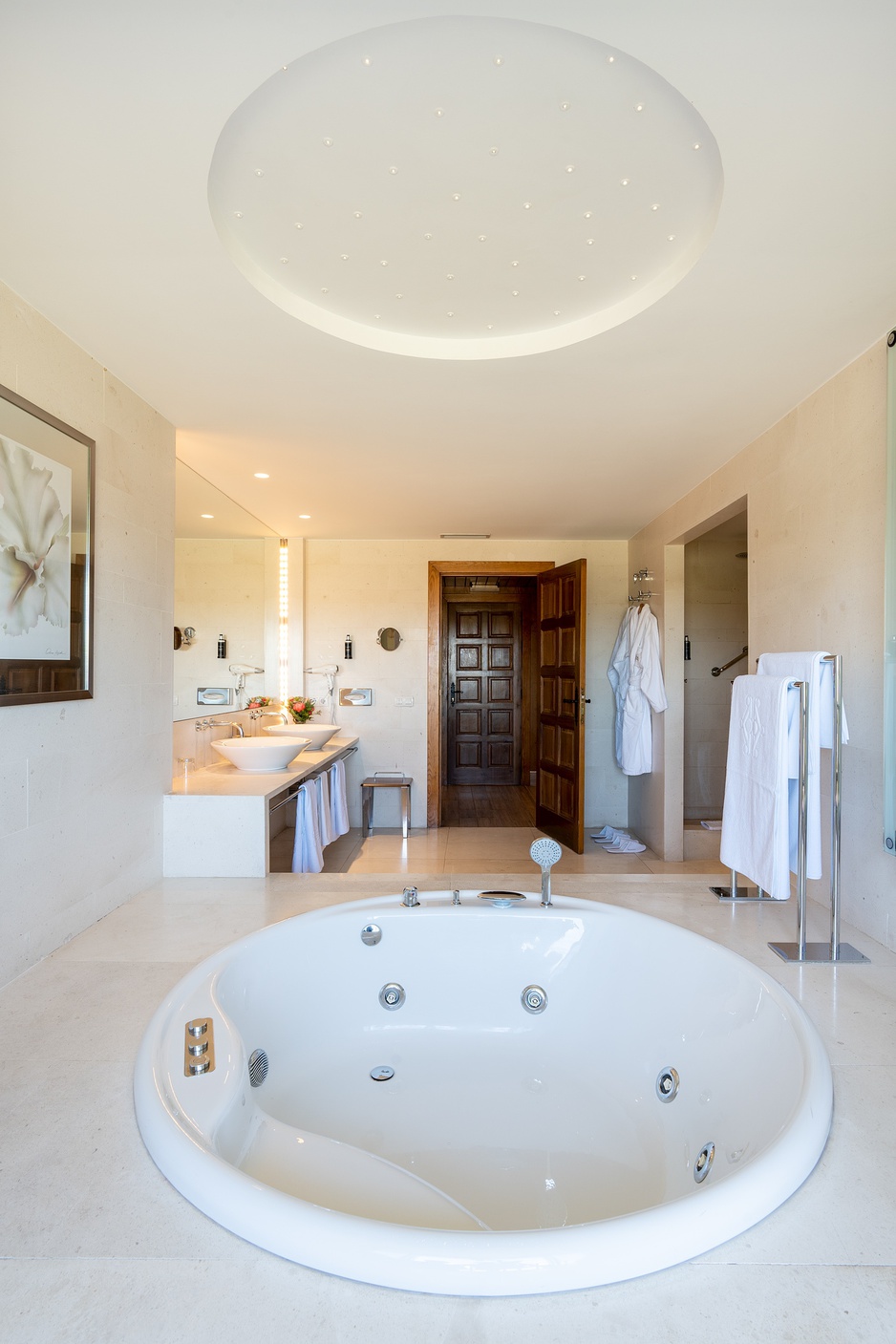
Beyond the Palace Walls
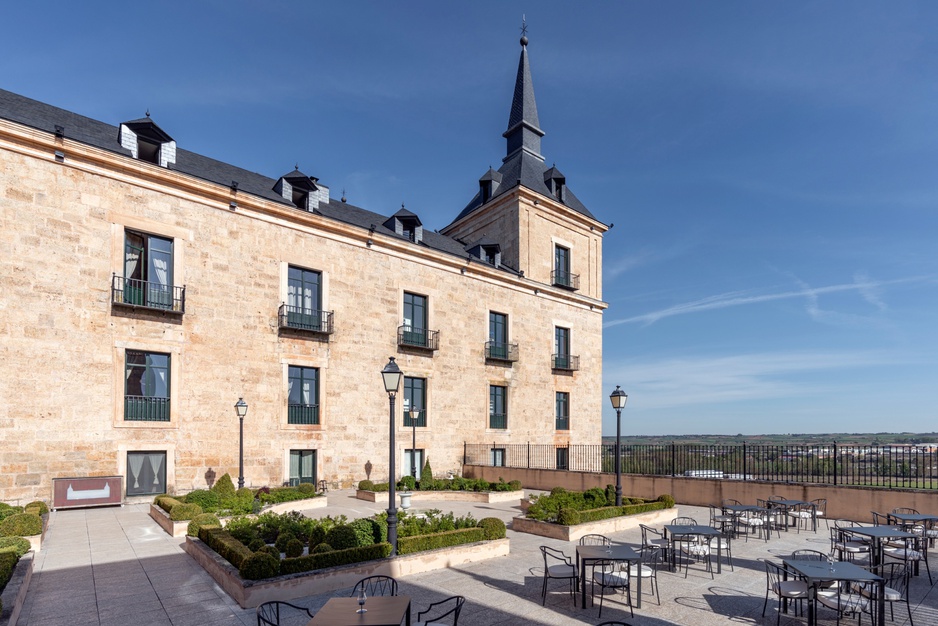
Lerma rewards exploration, starting with the Plaza Mayor that spreads before the palace's main facade. The town's network of convents and monasteries, established during the Duke of Lerma's reign, includes the Collegiate Church of San Pedro with its twin 17th-century organs, and the Convento de San Blas.
The palace sits at the heart of the Triangle of Arlanza, a cluster of historically significant towns connected by the Arlanza River. Covarrubias, 22 kilometers away, charms visitors with its Collegiate Church of San Cosme y San Damián and medieval squares that seem untouched since Count Fernán González founded the town in 987.
The Monastery of Santo Domingo de Silos, about 30 minutes by car, offers a different kind of pilgrimage experience. This Romanesque jewel has become famous for its Gregorian chants, performed by the resident monks. The nearby gorge of La Yecla provides dramatic natural scenery for those seeking outdoor adventures.
Wine enthusiasts shouldn't miss Aranda de Duero, another regional treasure known for its cellars, monuments, and culinary scene. The town sits in the heart of Ribera del Duero wine country, making it an essential stop for anyone serious about Spanish wine.

Lerma's cityscape
Back in Lerma, August brings the Baroque Festival, featuring concerts performed on those historic organs in the Collegiate Church, plus 17th-century theatrical performances in the Plaza Mayor. If you visit during the first week of September, you'll encounter the town's annual festival - complete with fairground rides and music that can be heard throughout the palace. It's a reminder that this noble residence sits not in a museum, but in a living, breathing Spanish town.
Ducal Palace of Lerma, Pl. Mayor, 1, 09340 Lerma, Burgos, Spain

